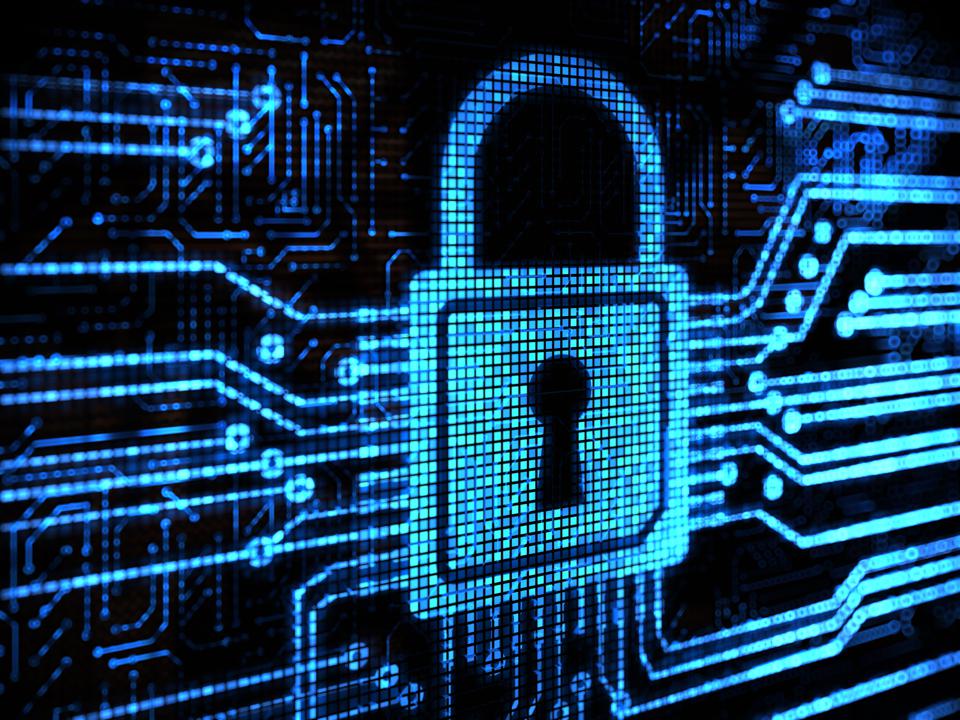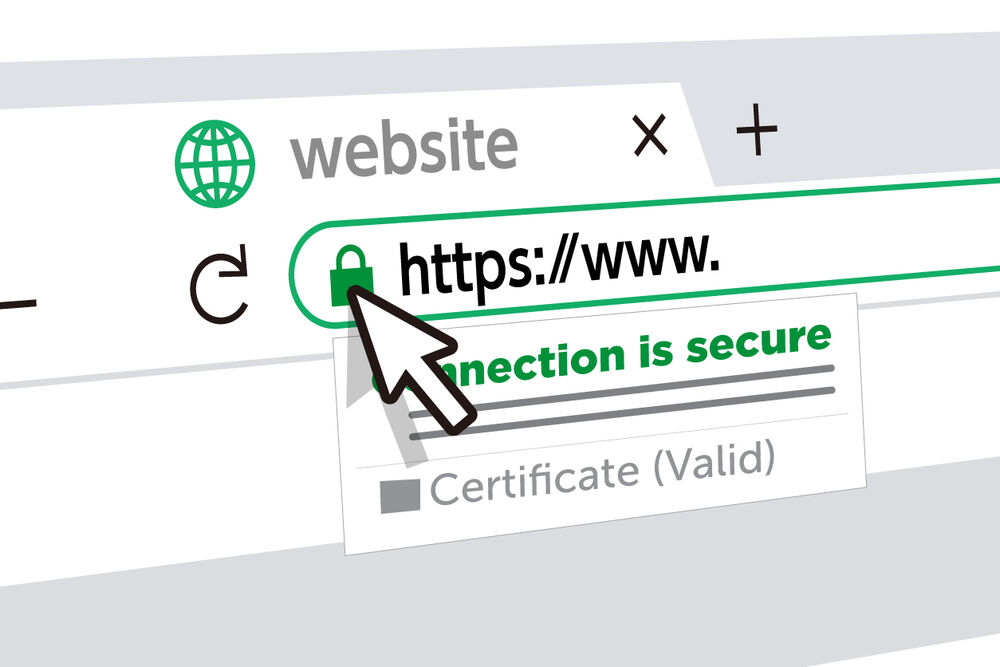
How Enterprises Are Assessing Cybersecurity Risk in Today’s Environment
Cybersecurity assessment holds a lot of importance in today’s world as a cybersecurity risk is evolving rapidly. It is beneficial to business organizations to identify and understand major cyber risks associated with the digital world. It is seen as a cardinal picture of risk management strategy and helps strategize data protection.
Cybersecurity risk is around all the business enterprises irrespective of their size and can cost them both money and reputation if not taken seriously. Though, it is difficult to determine whether the security for a particular business is ample or not.
There are some steps that every organization must follow to guard their precious data. In addition, there are a few steps that the company leaders must take instantly to prevent critical data loss and loss of valuable assets.
Every organization must ensure a massive amount of transparency, assessment of Cyber risk properly. However, it is usually seen that the midsize businesses do not have the suitable capacity to carry out the assessment and therefore take the help of a third party.
Amidst all this, some businesses turn to detailed FAQs related to security, cybersecurity software, monitoring, and assessment for a solid foundation for cybersecurity.
Let us dive in and quickly understand the assessment of the risk by the enterprises thoroughly.
Definition of Cyber risk:

Cyber risk can easily be defined as the chances of having negative consequences on valuable user data, finances, and business proceedings in the digital world. These are the commonly occurring security threats in the cybersphere. These include ransomware, phishing attacks, malware, leakage of data, and other related insider threats.
It is essential to find and employ some practical measures to reduce the number of cybersecurity attacks across the globe. One can determine the level of the cyber risk and put it in the suitable category-low, medium, and high.
A simple formula can be employed to calculate the cyber risk-
Cyber Risk= Threat* Vulnerability*Information value
Importance of Cyber Risk Assessment:

Cyber security risk assessment is essential in a lot of ways. There are several reasons for which need to conduct the assessment. We have tried to enlist a few reasons over here:
1. Save from future costing:
The continuous assessment helps in potential risks and vulnerabilities. It helps provide an opportunity for businesses to work on their shortcomings and strengthen the security wall. As a result, organizations save a lot of money that could have gone long-term if the vulnerabilities were left unattended.
2. Understanding the organization in a better way:
Cyber security assessment helps maintain the health of the organization, and owners, in turn, help all the members in getting a better idea about the needs of the organization in terms of security. It helps drive the organization better and caters to the user’s needs satisfactorily. If every member understands the organizational goals and needs properly, it will be easier to take the business forward.
3. Control over data breaches:
Cyber security assessment helps understand the probable loopholes and find ways to eliminate them. It helps avoid the risk of stealing the data by cybercriminals and inconveniencing the entire organization. It is essential to have proper control through research and assessment to have better control. As a result, the overall security can be strengthened, and there will be a significant reduction in the number of breaches per year with time.
A cybersecurity risk assessment by the Enterprises:
It is essential to collect information before performing the assessment and mitigation task. In this regard, it is crucial to look at the data at hand and its value.
1. Find out the data value:

It is almost impossible for mid-sized businesses to put a lot of money and resources into finding out the informational value of the data. The organization should be aware of the monetary or legal penalties associated with the exposure of the data. How it can be beneficial for the competitors must be known too. Most of the mission is crucial to the reputation of the business. Losing the data can negatively impact the current functioning of the operations. Thus, data storage must be secure, and all the measures must be taken to prevent the breach of any form.
2. Underlining the major risks:
Amidst those mentioned above, it becomes cardinal to identify the major risk factors that can be exploited to cause harm to the reputation of the organization. These may even include risks to the data by the natural factors like floods, hurricanes, earthquakes, and other natural disasters. Additionally, the system may collapse due to the severe impact on the high-quality equipment and support system. Human error is another factor that may cause the leakage of sensitive information. Organizations ensure internal safety and security but do not check on the third-party vendors and Ad Hoc groups that sometimes fail to maintain the same level of security. The entire team must be trained against phishing and malware attacks by organizing training and workshops at regular intervals.
3. Working on the security controls:

Controls can help you minimize potential threats or vulnerabilities. Technical factors must be checked to ensure that the breach detection software, antivirus software, encryption system, leakage prevention system, and other security measures are in place. There is an immediate need to work on both preventative and detective controls. It is only with both amalgamations that you can achieve remarkable results.
4. Measuring the probability and impact of the attack:
With the data value, knowledge of threats and vulnerabilities, and other factors in hand, one can on the probability of the attack and the consequences it can pose to the entire organization. For example, with an organization having fifty million dollars stored in the database, it can easily be estimated that almost half of the data will be gone in case of data exposure. This will result in a total loss of twenty-five million dollars, posing a severe impact on the organization’s reputation. In this regard, every organization should have a reasonable budget for the safety and security of sensitive data to keep the security channel strong.
5. Use of SSL certificate:

According to SSL2BUY.com, the risk management strategy must include special certificates known by the name of SSL certificate that can help you with the same. There are several alternatives available in the market that can be utilized to amplify the existing levels of security, for example, Rapid SSL cert, GlobalSign certificate, Comodo positive SSL wildcard that can provide an elevated level of security from data breaches and follows HTTPS protocol that guarantees user trust and authenticity as well. In addition, Comodo Positive Wildcard SSL helps to secure the main domain and subdomains. Such alternatives must be explored fully in a relevant way before purchasing.
6. Detailed assessment of risks and exploring improvement areas:
Senior management can put their best efforts into mitigating risk based on risk level as determined in the above steps. For substantial risk, improvement steps must be taken immediately. The improvement step must be developed within a considerable period for average risks. For low risks, it is essential to remain highly aware and start working on the same as well. It is cardinal to the organization to work upon the policies, and mitigation measures must be outlined well in advance. Safety and reliability must be considered while taking all the essential cyber security management and strategies.
7. Documentation of results and further strategy:

A final report is so prepared to help formulate the organization’s policies. Based on this report, the business’s budget must be put in cyber security. This helps improve the cyber security score and establish a new modus operandi if required by the organization. As a well-known fact, organizations know well that cyber security and risk management are the entire business’s heart and soul. Identifying the threads in the cyber ecosystem is crucial as the organization can only touch the new heights of success if these vulnerabilities are dealt with well.
CONCLUSION
With each passing day, the cases of cyber security failures are increasing; it brings the importance of cyber security and preventative measures for organizations. The lost data and the organization’s image impact are enough to bring down the business altogether. Therefore, here comes the importance of cyber security risk assessment by every organization irrespective of its size.
With the help of correctly determining the informational value, employing controls as required, using an SSL certificate and other techniques, the overall risk management can be strengthened, and the probability of the attack can be reduced effectively.
